Komodo Island Diving
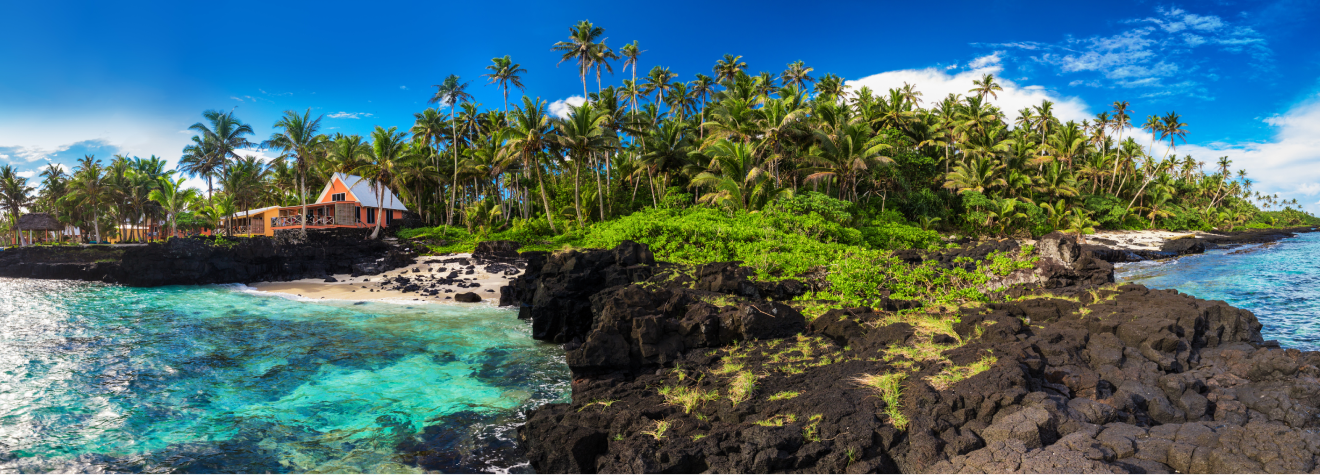
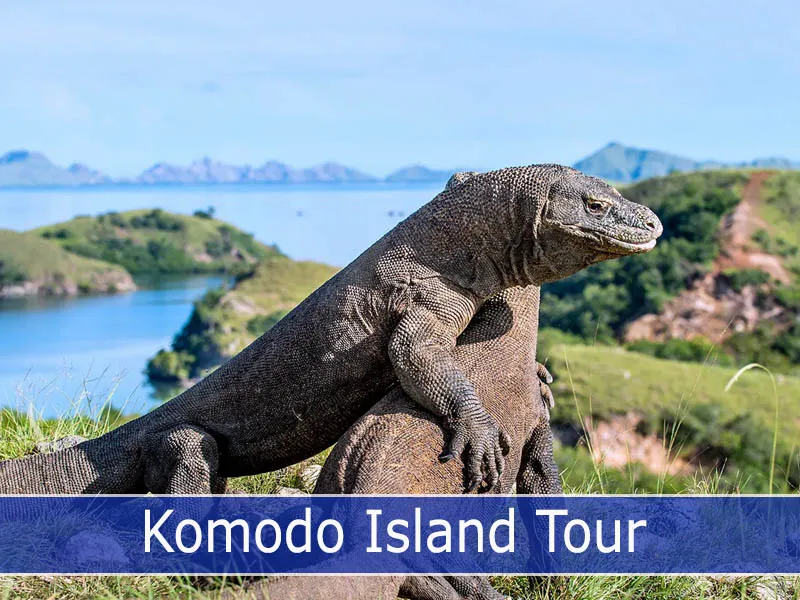
Discover a World-Class Diving Paradise
In the heart of Indonesia lies a treasure made for scuba divers: Komodo Island. Known for its magnificent marine biodiversity and unique terrestrial habitats, Komodo Island diving offers an unforgettable adventure for divers of all skill levels.
We prepared this comprehensive guide to take you through the wonders of scuba diving Komodo Island, exploring the best dive sites Komodo has to offer and providing practical tips for planning the perfect diving trip in this wonderful diving destination.
A Dive into Komodo island's Rich Marine Biodiversity
Komodo National Park, a
UNESCO World Heritage Site
is home to over 1,000 species of fish, 260 species of coral, and a wide array of marine mammals and reptiles.
Teeming with underwater life, and stunning healthy coral reefs, it makes
Komodo diving
here to be top of the world.
Coral Gardens
The coral reefs surrounding Komodo Island are an underwater paradise, showcasing an incredible array of hard and soft corals. Diving in Komodo Island allows you to witness intricate coral structures, including table corals, staghorn corals, and gorgonian fans, which host a myriad of marine species.
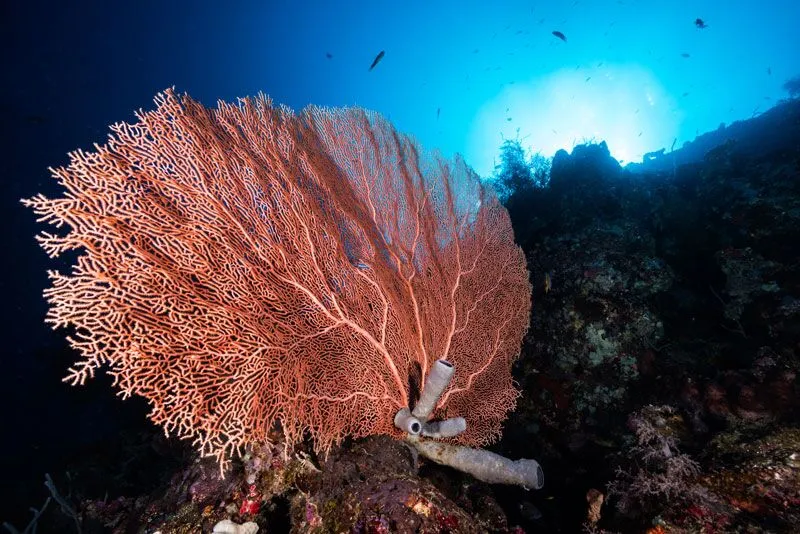
Manta Rays and Sharks
Komodo Island diving excursions often provide encounters with the graceful manta rays that frequent the area. These gentle giants can be seen gliding effortlessly through the water, feeding on plankton. In addition, various species of sharks, including white-tip and black-tip reef sharks, make their home in Komodo's waters.
.webp)
Macro Life
For macro enthusiasts, Komodo Island diving offers a plethora of unique and fascinating creatures to discover. From flamboyant cuttlefish and nudibranchs to pygmy seahorses and frogfish, the macro life in Komodo is a photographer's dream.
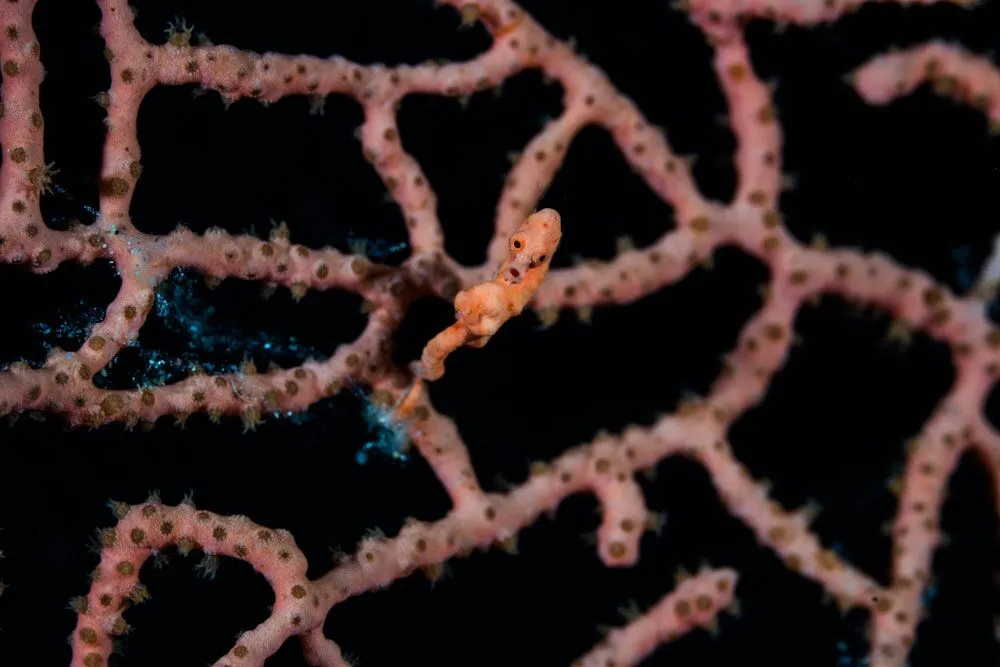
Top 5 Dive Sites in Komodo National Park
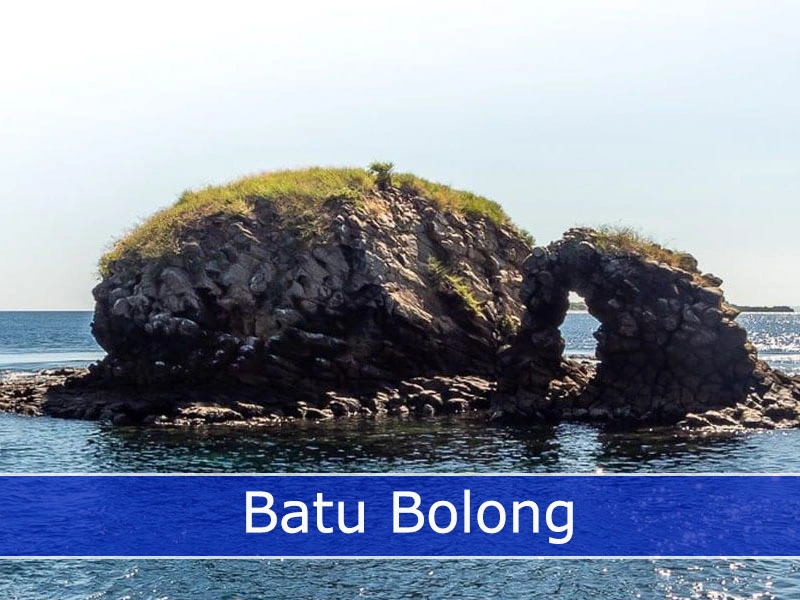
Batu Bolong
Batu Bolong, translates in Indonesian as ?Hollow Rock?. It's without a doubt the most popular dive site for Komodo Island diving. As a pinnacle dive site offering an extraordinary diving experience, this site is famous for its stunning coral reefs and an abundance of marine life. Large schools of fish, turtles, and reef sharks are often seen here. But because of the strong currents, Batu Bolong is recommended for experienced divers only.
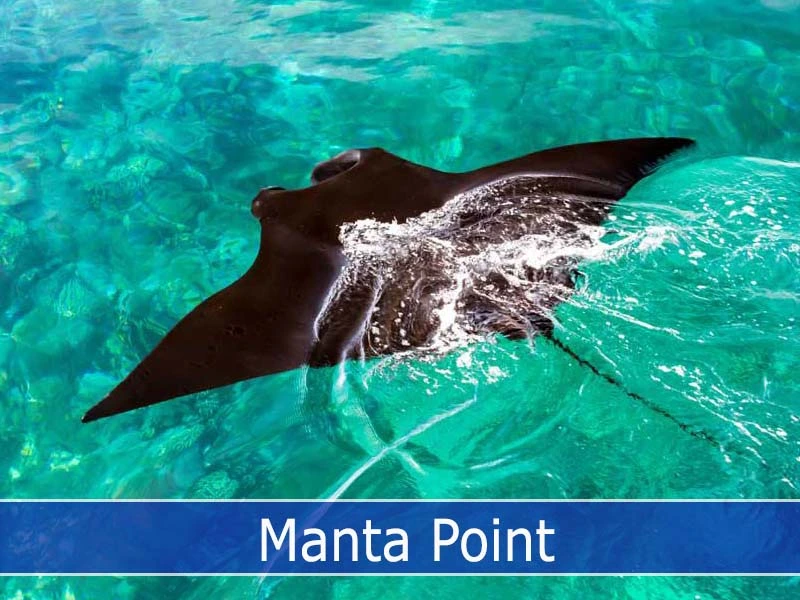
Manta Point
As the name suggests, Manta Point is one of the best dive sites Komodo has to offer for manta ray encounters. The cleaning stations at this site attract these gentle giants, providing divers with a mesmerizing experience as they glide gracefully through the water.
Manta Point is typically a drift dive but almost everyone can dive or snorkel here.
Manta Point is also not the only dive site in Komodo to find the Manta Rays. Mawan and Manta Alley are two of the next popular dive spots for Manta encounters in Komodo.
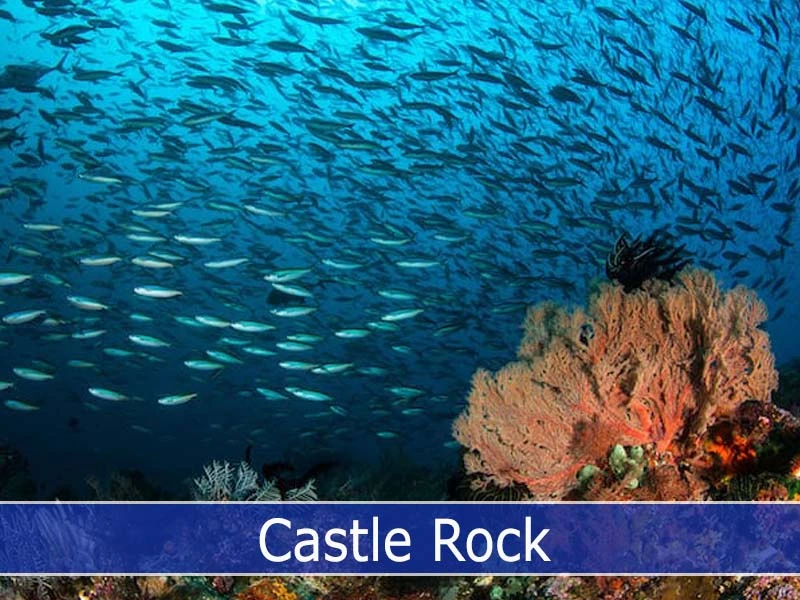
Castle Rock
Another pinnacle dive site, Castle Rock, is known for its vibrant coral reefs and impressive fish life. Large schools of fusiliers, jacks, and trevallies are common sights, as well as patrolling reef sharks. This site is also famous for its strong currents, which attract pelagic species like tuna and mackerel.
Divers can hook onto rocks and observe the large marine life feeding.
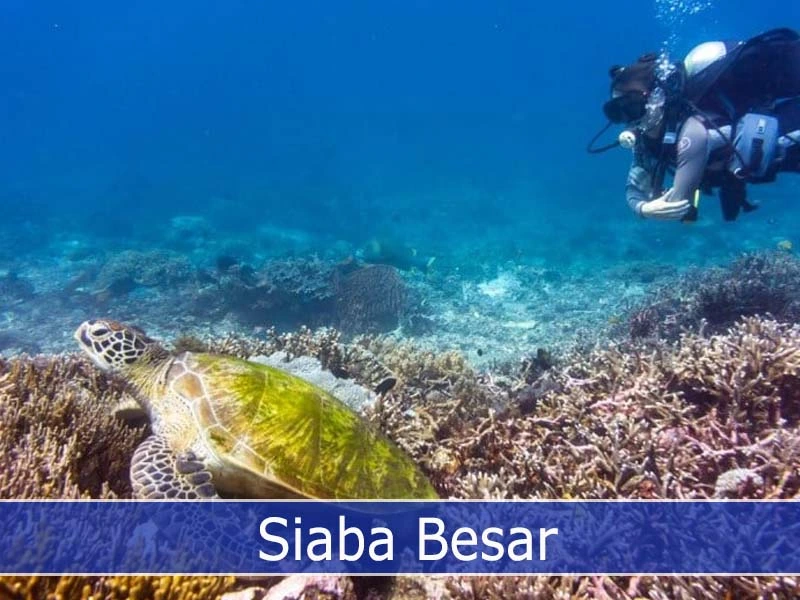
Siaba Besar
Perfect for beginner divers, Siaba Besar offers a more sheltered dive site with mild currents. The sloping reef is home to an array of marine life, including turtles, cuttlefish, and ribbon eels, making it an excellent location for underwater photography.
It's one of the dive sites most frequently visited by open water certified divers.
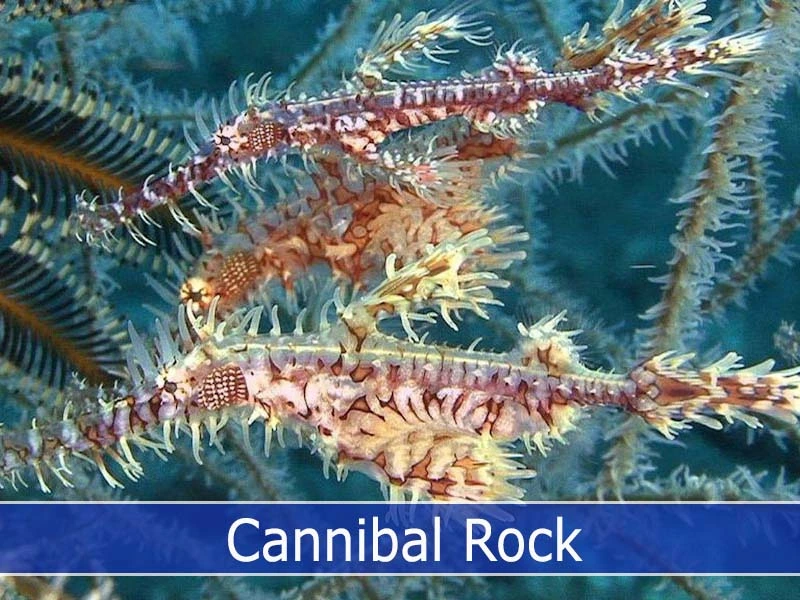
Cannibal Rock
Located in the southern part of Komodo National Park, Cannibal Rock is a renowned macro dive site. The site features an array of colorful soft corals, teeming with critters like nudibranchs, pygmy seahorses, and frogfish. Underwater photographers will find no shortage of fascinating subjects at this dive site. With its moderate currents, Cannibal Rock is suitable for divers with more experience, preferably more than 50 logged dives.
Practical Tips for Komodo Island Diving
Best Time to Dive
Komodo Island diving is available all year-round, but the optimal diving conditions are during April to December. The dry season, from April to November, offers excellent visibility with good water conditions.
However, the rainy season, from December to March, is also a great time to visit, as this is when the manta rays are most abundant. But the water conditions are unpredictable and visibility at times can be quite low.
Dive Experience Level
While diving in Komodo can cater to all levels of divers, It's important to note that some dive sites, like Batu Bolong and Castle Rock, have strong currents and are more suitable for experienced divers. Less experienced divers, or those looking for a more relaxed dive, can enjoy sites like Siaba Besar, Mawan, Turtle City.
To make a summary of the dive experience level required in Komodo, It's best to have at least Advanced Open Water certification with a minimum of 25 logged dives. This certification and diving experience will enable you to enjoy almost all of the Komodo Island diving.
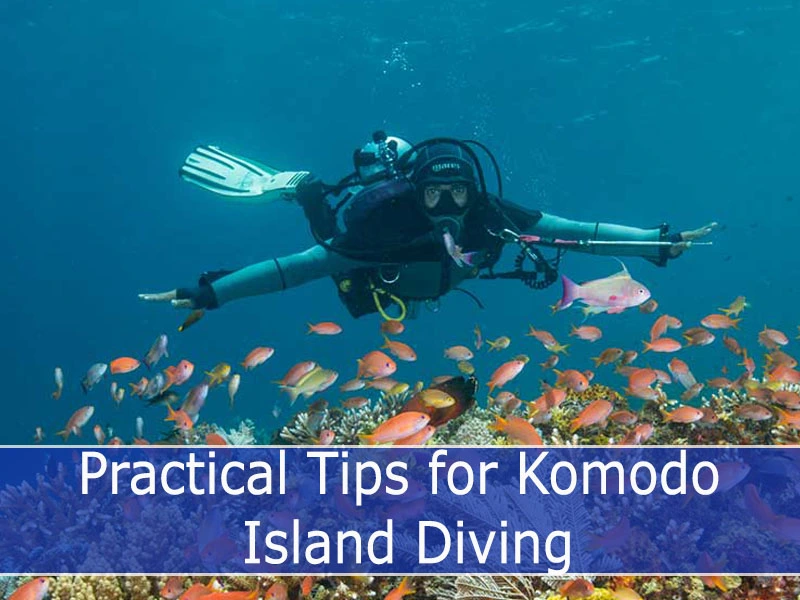
Frequently Ask Question
Everything you need to know about the product and billing. Can't find the answer You're looking for? Please chat to our friendly team.
See More FAQsIs Komodo Island a popular diving destination?
What are some of the notable diving sites around Komodo Island?
What kind of marine life can be encountered while diving in Komodo Island?
What is the best time of year for diving in Komodo Island?
Are there any diving restrictions or requirements in Komodo National Park?
Join more than 1,000 monthly guests from all around the world visiting us for Scuba Diving, PADI Courses, Snorkeling, and Freediving.
Email or contact us by WhatsApp. We reply promptly between 9AM and 5PM, every day.